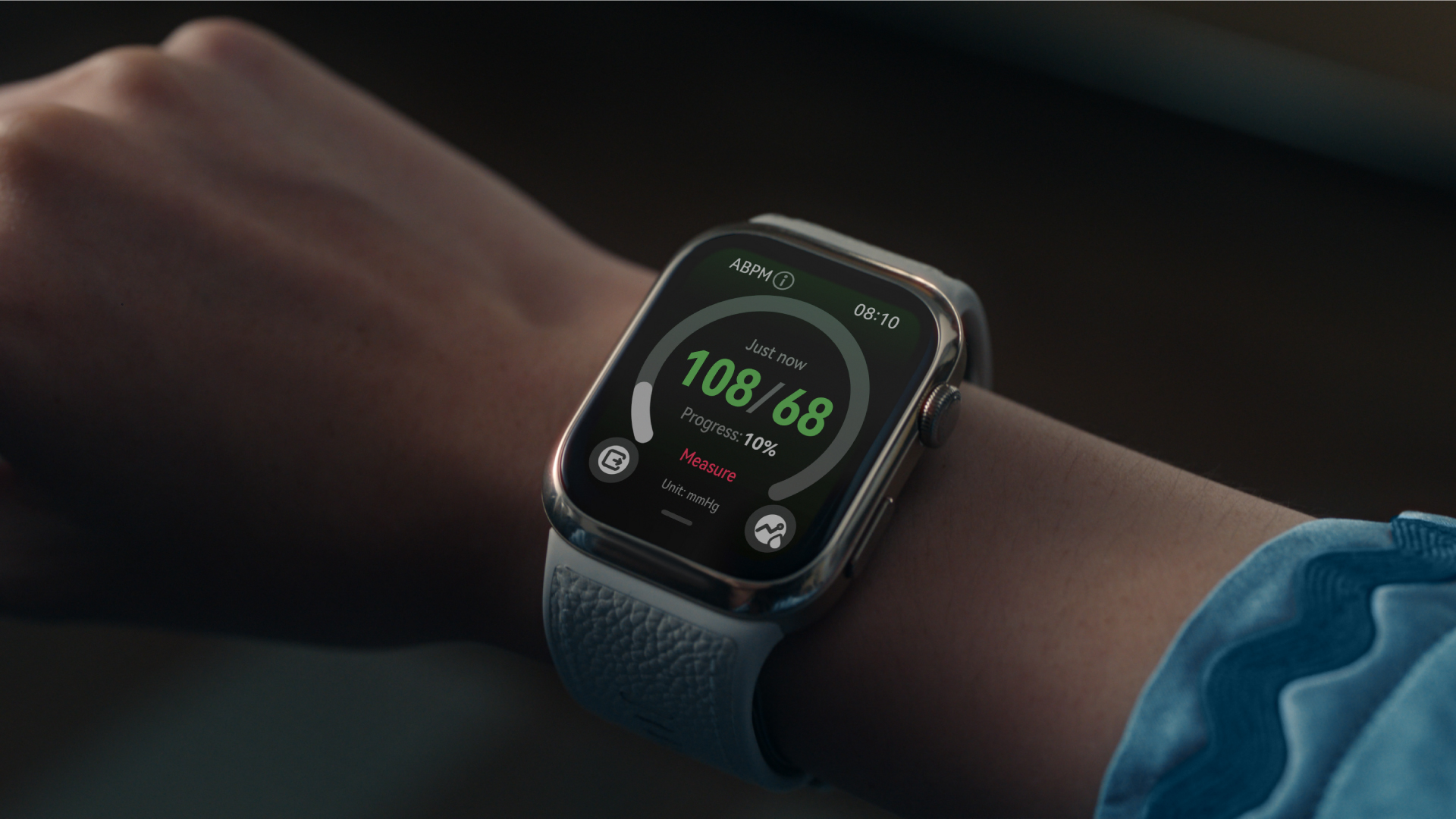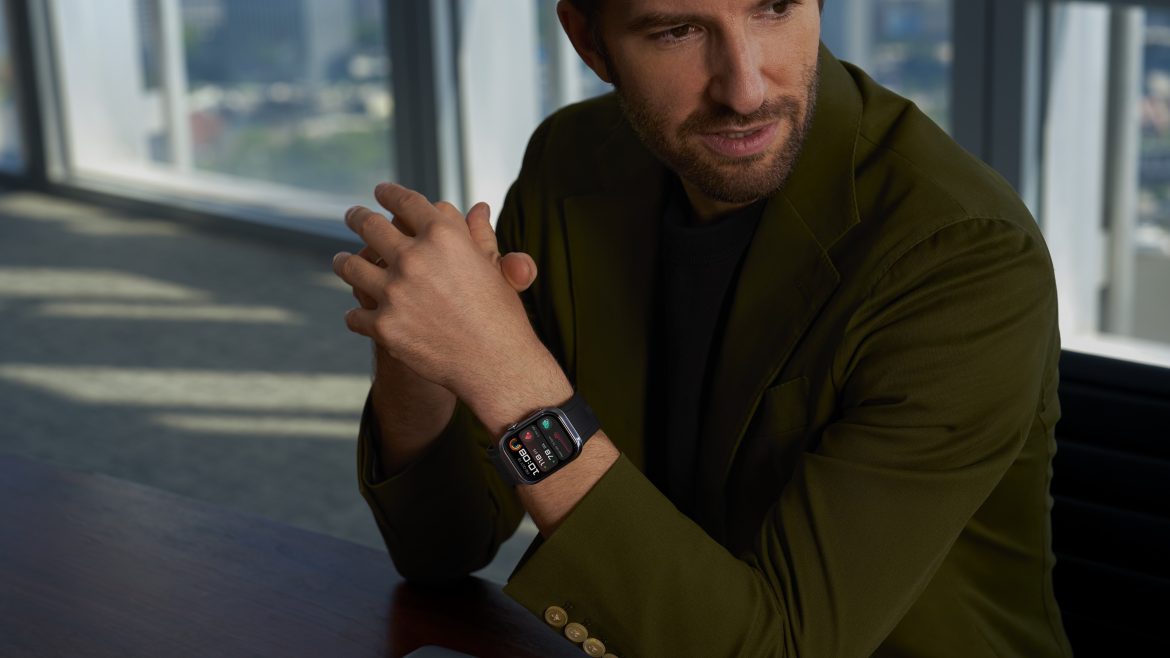Introduction to Health Monitoring Technology
Modern healthcare has witnessed tremendous technological advancements over the past decade, with wearable devices emerging as one of the most transformative innovations. These devices allow individuals to monitor vital health metrics in real-time, empowering them to manage chronic conditions such as hypertension proactively. For conditions like high blood pressure, which affects over a billion people worldwide, timely and accurate monitoring can mean the difference between life and death. With the integration of artificial intelligence (AI) and machine learning (ML), wearables are now more powerful than ever, offering continuous monitoring, actionable insights, and more personalized care.
Huawei, a leader in global technology innovation, is making significant strides in healthcare with its advanced wearable devices, specifically designed to monitor blood pressure. In collaboration with the Dubai Health Authority (DHA), Huawei is conducting a groundbreaking study on ambulatory blood pressure monitoring using its wrist-based wearables. This partnership is not just another corporate endeavor; it’s a critical step toward revolutionizing how we manage hypertension, a silent killer in the modern world.
The Rise of Wearable Technology in Healthcare
Wearable technology’s journey into healthcare started modestly with fitness trackers that monitored basic metrics like heart rate and steps taken. However, the technology quickly evolved, expanding into the realm of medical-grade devices. Today, wearables can monitor everything from blood oxygen levels to electrocardiograms (ECGs), and now, blood pressure.
Huawei’s focus on healthcare wearables represents a significant leap forward. As the global population ages and the burden of chronic diseases like hypertension increases, the need for convenient and non-invasive monitoring solutions has never been greater. The integration of AI and sensor technology has allowed wearables to deliver medical insights once reserved for healthcare professionals. This democratization of health data empowers individuals to take control of their health like never before.
The Collaboration between Huawei and Dubai Health Authority
In an exciting collaboration, Huawei has joined forces with the Dubai Health Authority’s Digital Health and Innovation team to explore the efficacy of wrist-based ambulatory blood pressure monitoring (ABPM). This study marks a significant milestone in the evolution of wearable healthcare technology, offering a promising alternative to traditional arm-cuff devices.
The study’s primary goal is to validate Huawei’s wrist-based wearables in real-world settings, testing their accuracy and reliability in continuous blood pressure monitoring. With hypertension being a major public health concern, particularly in the Middle East, this collaboration could pave the way for new, more accessible healthcare solutions in the region and beyond.
Ambulatory Blood Pressure Monitoring: A New Era
Ambulatory blood pressure monitoring (ABPM) is a well-established method for assessing blood pressure fluctuations over a 24-hour period. Traditional ABPM devices, typically involving an arm cuff, are accurate but often cumbersome, limiting patient comfort and mobility. However, the ability to measure blood pressure at regular intervals throughout the day and night is critical for diagnosing hypertension, particularly when blood pressure spikes at times not captured during a routine doctor’s visit.
Huawei’s wrist-based wearables offer a more convenient solution. These devices allow continuous monitoring without the discomfort associated with traditional arm cuffs, making it easier for individuals to integrate blood pressure monitoring into their daily routines. Such innovations could revolutionize hypertension management, leading to better patient outcomes through earlier detection and more accurate tracking of blood pressure trends.

Ambulatory Blood Pressure Monitoring: A New Era
Key Innovations in Huawei’s Blood Pressure Wearables
Huawei’s wearable devices are the result of over a decade of research and development in blood pressure monitoring technology. The company’s wrist-based wearables offer several key innovations, including:
- Comfortable and Non-Invasive Design: Unlike traditional ABPM devices, Huawei’s wearables are compact and comfortable, allowing for continuous monitoring without disrupting daily activities.
- AI-Driven Accuracy: The integration of artificial intelligence ensures that the devices deliver highly accurate blood pressure readings, compensating for variations due to movement or external factors.
- Comprehensive Health Insights: Beyond blood pressure, these wearables provide insights into other vital health metrics, offering a more holistic view of an individual’s health.
By combining advanced sensor technology with AI, Huawei has created a wearable that not only simplifies blood pressure monitoring but also enhances it, making it a valuable tool in the fight against hypertension.
Potential Global Implications of the Study
The collaboration between Huawei and the Dubai Health Authority could have far-reaching implications, not only for the region but for global healthcare systems. As wearable technology becomes more accurate and accessible, it could lead to widespread adoption of such devices in managing chronic conditions like hypertension.
This study is expected to provide valuable data that will further validate the use of wearable devices in medical settings, potentially leading to regulatory approvals and broader acceptance of wrist-based blood pressure monitors in clinical practice. The insights gained could help shape the future of healthcare, where technology plays a central role in preventing and managing diseases.

